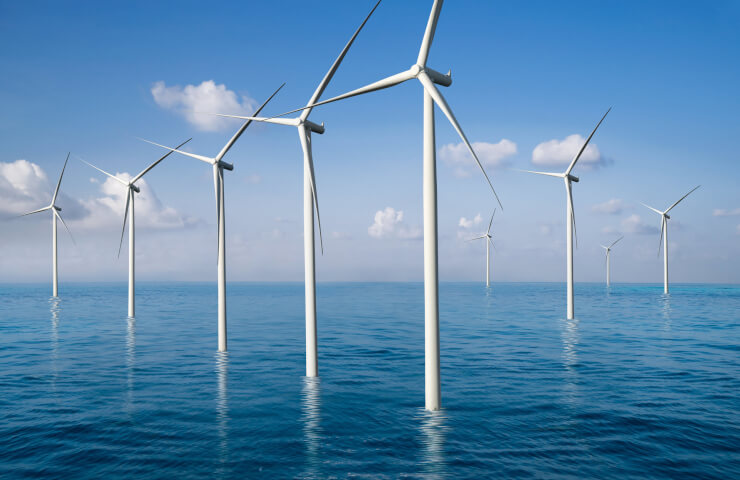The Baltic States plan to increase the capacity of offshore wind farms by seven times by 2030
Eight Baltic countries - Poland, Sweden, Finland, Germany, Estonia, Latvia, Lithuania and Denmark - intend to seven times increase the capacity of offshore wind farms in the region by 2030. Now the capacity of offshore wind farms (WPP) in the region is 2.8 GW, the new plan is 20 GW. The cost of the ambitious project, according to analysts, may exceed $35 billion.
If at the end of 2019 the WindEurope association believed that by 2030 it would be enough to simply introduce another 9 GW of wind farm capacity in the Baltic Sea region, today the European Union wants to accelerate the construction of wind farms due to a severe energy crisis caused by a reduction in gas supplies from Russia and increase in its price.
With an offshore wind turbine capacity of 8.5 MW, the Baltic countries will have to build about 2,000 wind turbines. Although European companies Vestas and Siemens Gamesa already have prototypes of 14–15 MW machines, Chinese companies are already producing 16 MW turbines, which means that the number of windmills can be reduced to a thousand.
However, wind energy is unstable, and the construction of such large volumes of generation will require a significant expansion of the electric grid infrastructure, the implementation of large storage projects or the construction of flexible sources.
